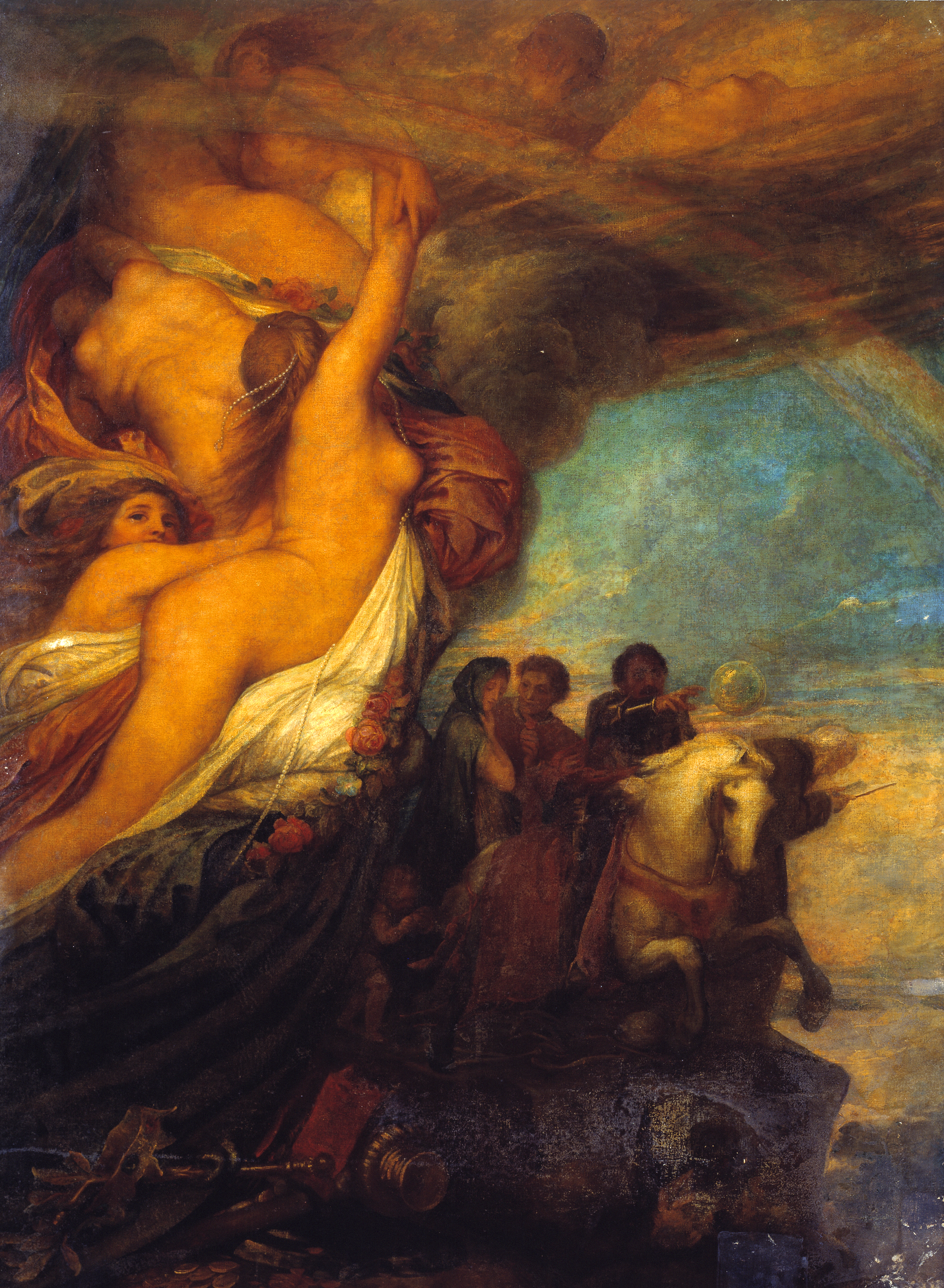
Purple Lake
Colour Materiality
1852
Purple Lake is part of the so-called lake pigments. Lake derived from ‘lac’, referring to the secretions of Kerria Lacca, a species of insects originally found in Asia. Lake pigments are chemically organic. They are made by mixing organic dyes, whereas other pigments are made from mineral grounds. From the 14th century, lake pigments were frequently used in the European easel painting. Although they became less popular from the 17th century, the growing progress of organic chemistry over the course of the 18th and 19th centuries favoured the use of natural dyestuffs. Tubes of Purple Lake are recorded in the 1835 Winsor & Newton catalogue and in the 1852 Reeves catalogue. However, this trend raised criticism owing to the lack of stability of the paintings containing that pigment. The painter William Holman Hunt, who was a founder member of the Pre-Raphaelite Brotherhood, defined it in the following terms: ‘a colour I rarely use, and would not now in [an] important part.’
The permanence of colours, and especially of purple Lake pigments, appears as a recurring concern for the artist G. F. Watts, when exchanging letters with his colourman, Winsor & Newton. Watts’s interest in Lake pigments stems from his admiration for the Venetian painters of the Renaissance, evident in Life’s Illusions, an early painting of 1849 featuring a rainbow : ‘I am longing to have the Lake it is certain the Venetians did use a Lake.’ Watts also paid great attention to the stability of the pigments he used. For example, he asked Winsor & Newton to send him only colours ‘quite pure and permanent.’ The resort to purple Lake is, in this perspective, intriguing. In a letter to Winsor & Newton, Watts wrote:
Purple Lake, it is a colour with a bad reputation and therefore it would be contrary with my principles to use it, but some pictures have come into my hands which I painted in the years 35-36-37, and later in which purple Lake has been used without stint, it has stood perfectly! I shall therefore in places where failure will not greatly matter use it again, I believe it is safe if used as thick as one can get it, certainly the old Masters employed it.
Watts introduced a distinction between the pigments as they are sold and the pigments as they are used by the artist. He believed the artist had an active role to play to ensure the stability of colours available in the tubes and on his palette. To this end Watts attached the results of his experiments with Purple lake and varnish when exposed to sunlight and daylight to one of his letters. In his reply Scott Taylor from Winsor & Newton confessed: ‘I was somewhat surprised of your favorable opinion of the colour.’
This case study reveals a sort of resistance to the transformations induced by the Industrial Revolution. Watts’s artistic practice precisely highlights his desire to be more involved in the process of colour making and to retrieve the knowledge of the colour grinder, who used to play a key role before the 19th century.
Bibliography
-
Berbers, Sanne V. J., Tamburini, Diego, Van Bommel, Maarten R., Dyer, Joanne, “Historical formulations of lake pigments and dyes derived from lac: A study of compositional variability.”, Dyes & Pigments [online], 2019.
-
Carlyle, Leslie, The Artist’s Assistant Oil Painting Instruction Manuals and Handbooks in Britain, 1800–1900, with Reference to Selected Eighteenth-Century Sources, London, 2001.
-
Extensive unpublished correspondence between Watts and the art manufacturers Winsor and Newton and their consulting chemist, J. Scott Taylor, London, The Watts Collection, National Portrait Gallery.
-
Dootson, Kirsty Sinclair, “The Texture of Capitalism: Industrial Oil Colours and the Politics of Paint in the Work of G.F. Watts.”, British Art Studies [Online], 2019.
-
Dootson, Kirsty Sinclair, The Rainbow’s Gravity: Colour, Materiality and British Modernity, London: Paul Mellon Centre for Studies in British Art, 2023, pp.28-32
-
Kirby, Jo, “The reconstruction of late 19th-century French red lake pigments.”, Clarke, Mark, Townsend, Joyce H., Stijnman, Ad (ed.), Art of the Past: Sources & Reconstructions, London: Archetype Publications with the participation of ICN Amsterdam, 2005, pp. 69-77.
-
Willoughby, Carol, The Search for Permanence: The Materials and Methods of G.F. Watts, Master’s thesis, Courtauld Institute of Art, 1983.